In the Netherlands, the overseas grape season is well on its way. Supplies are currently coming in from Peru, and, recently, from South Africa. Importers are expecting a better season than last year. Then, an oversupply made for low prices. The import season in America started at the beginning of November. There is, therefore, no chance of that happening this season.
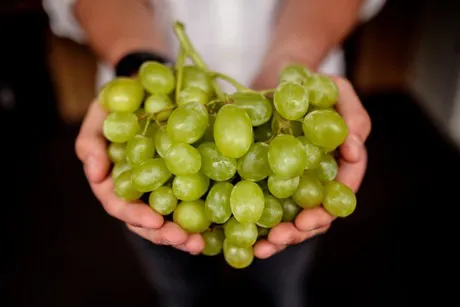
At Exsa, the overseas grape season started in mid-October and is still going strong. The overseas grapes are of excellent quality. There is slightly less availability in general. The grapes are arriving in a good market too. The overseas season began in Brazil. Two weeks later, grapes from Peru were added. In mid-November, grapes from South Africa were shipped to Europe. These were expected in week 48.
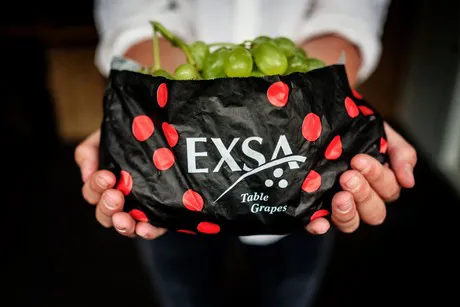
There were indications that an increasing Asian demand would affect the European market. This has not been the case, according to Jan-Willem Arts of Exsa Europa. “Asia does, of course, have an influence, but it is limited. Peru influences the trade market the most. The United States takes most of this country’s supply. When everything goes well, a normal volume comes to Europe. Last year, California had a considerable volume of grapes. These were still on the US market, so they did not take any of this product from Peru.”
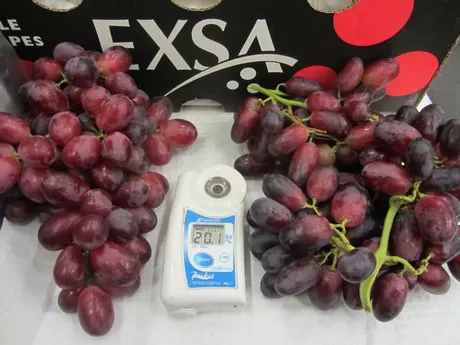
Importance of blue grapes increases
“That was immediately felt in the European market. It was flooded with Peruvian grapes, which disrupted business. Everyone is more stable now. Europe does not have too many grapes, and they are also not too late. Peru has a large volume, but they are sending a lot of grapes to the US. There is, therefore, slightly fewer grapes available for the European market. Brazil has entered the market at a good time, and those products are being picked up nicely. Fewer overseas grapes are being sent to Europe, which is balancing out the market,” explains Jan-Willem.
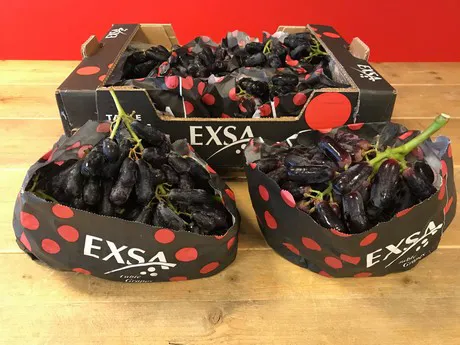
Exsa achieves substantial sales in paper bag packaging
The market is looking good. Jan-Willem, therefore, expects that the South African grapes will be well received too. South Africa experienced a drought over the past summer. Despite this, this country is expecting a similar harvest to that of last year. “The quality is also expected to be good. This is in contrast to last season when the early regions were plagued by rain. It has not rained in these areas this year. The crops are looking excellent there.”
Sweet Saphire XXL grapes
The growth in popularity of seedless grapes continues this season too. “We have seen more old varieties being replaced by trendier varieties, including the IFG varieties. This is the case in both Peru and South Africa. IGF grapes have a better yield and need less water and pesticides. These varieties earn more here in Europe, so it is a win-win for everyone. But, you must, of course, pay for them,” Jan-Willem continues. He thinks this trend will continue. “Countries of origin are going to become less important than varieties.”
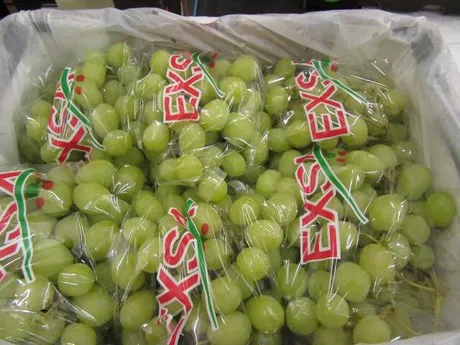
Sweetglobe XXL
There is also a shift occurring in packaging. The usual packaging is 10 x 500g punnets with a fitted lid. However, due to the plastic discussion, things are changing. Grapes are increasingly being supplied in open-top punnets (with no cover). After arriving at Exsa in the Netherlands, these are sealed with a plastic film. The use of this film decreases the amount of plastic used by about 17%.
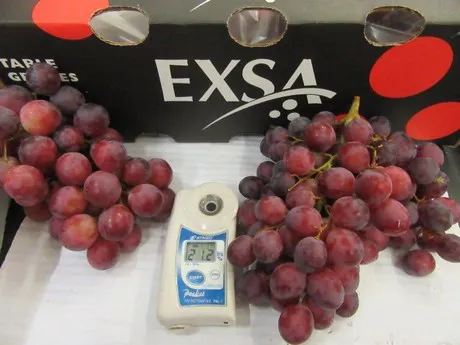
Sweet Celeb XL
Exsa also only uses R-PET trays in its repackaging division in Elshout. These are made from a minimum of 50% collected PET packaging, which is better for the environment too. Here the trend for more luxurious varieties can be seen too. “Most grapes are still sold via retailers. But, we focus on good varieties and good packaging. We have, therefore, built up good sales of 4,5 kg packs for the more elite segment - Exsa and Exsa Gold. These are nice large grapes that are beautifully packaged in paperbacks”, concludes Jan-Willem.
Quality Control at Camposol
Jorge Ramírez, CEO of Camposol, agrees that the transition to the overseas grape season went very smoothly. The balance between supply and demand is, therefore, being kept at a healthy level. One of the reasons, according to him, is the lower production in Spain. These smaller volumes are due to the extreme weather growers in that country faced in September. Additionally, there was less of this fruit available in Greece and Italy. These low stocks are a result of a high demand in the last weeks of harvesting.
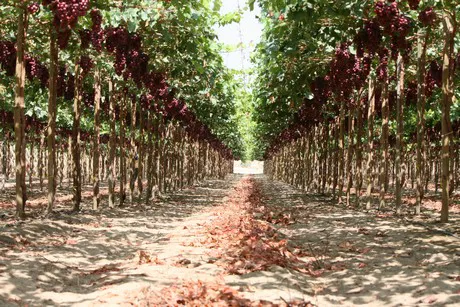
And Brazil, as well as Peru, have come onto the market with lower volumes than in 2018. Although the past summer was dry in South Africa, Jorge is not expecting any issues with that country’s quality of grapes. “Regionally, in the Olifantsrivier area, you see they are having fewer issues with lower production than usual. In other areas of South Africa, the situation is normalizing."
Jorge points to the influence the high demand for grapes is having on the retail sector. “From the retailer’s perspective, it is more challenging to get the correct volumes of the correct varieties. This issue is due to the higher demand from mainly Asia. From the grower’s perspective, this increased demand creates a more balanced playing field. We, at Camposol still, however, see great potential in the European retail market.”
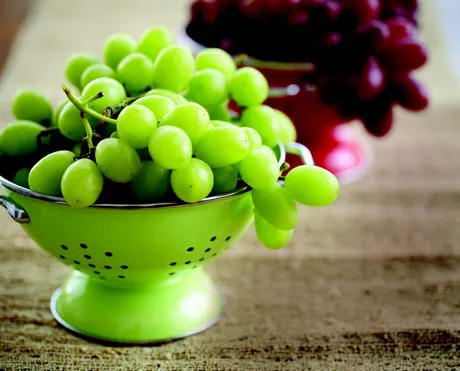
Another aspect that plays a role in the retail sector is the discussion around packaging. “There are alternatives, like paper bags or punnets made from sugarcane waste, and such. Some supermarkets have chosen to switch completely to sustainable packaging. But most are waiting and trying to find the best alternatives. This topic is high on the agenda,” Jorge says.
According to Jorge, taste is the most important factor for the consumer. “People who are used to eating grapes know the different flavors. They look for varieties, seasons, and production countries that maximize the client’s experience. All the new varieties share two determining factors - high production rates and a fantastic client experience when it comes to flavor.”
He states the grape consumption remains stable. There is a slight annual increase due to population growth. About 40% of grapes sold in the US are red. Another 40% are green, and the remaining 20% are black, Jorge says. “Red and green grapes are what are traditionally on people’s shopping lists. It is a very similar scenario in Europe. Although, in general, here you notice a rapid increase in the demand for excellent tasting varieties such as the Sable.”
The market for organic grapes is growing too. “The retail market wants to really increase its organic supply. Most growers have a share of ten to twenty percent of their production as organic. Some of the new varieties are more suited to organic cultivation. These varieties deliver strong grapes and good yields,” concludes Jorge.
Jan Willem Arts Exsa Europe
Exsa Europe
Tel: +31 88 735 0003
Mob: +31 620 25 78 11
info@exsaeurope.com
www.exsaeurope.com
Beate Löwe-Navarro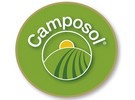 Camposol
Camposol
Tel: +49 421 591435
bln@bln-communications.com
www.camposol.com.pe
storres@camposol.eu
